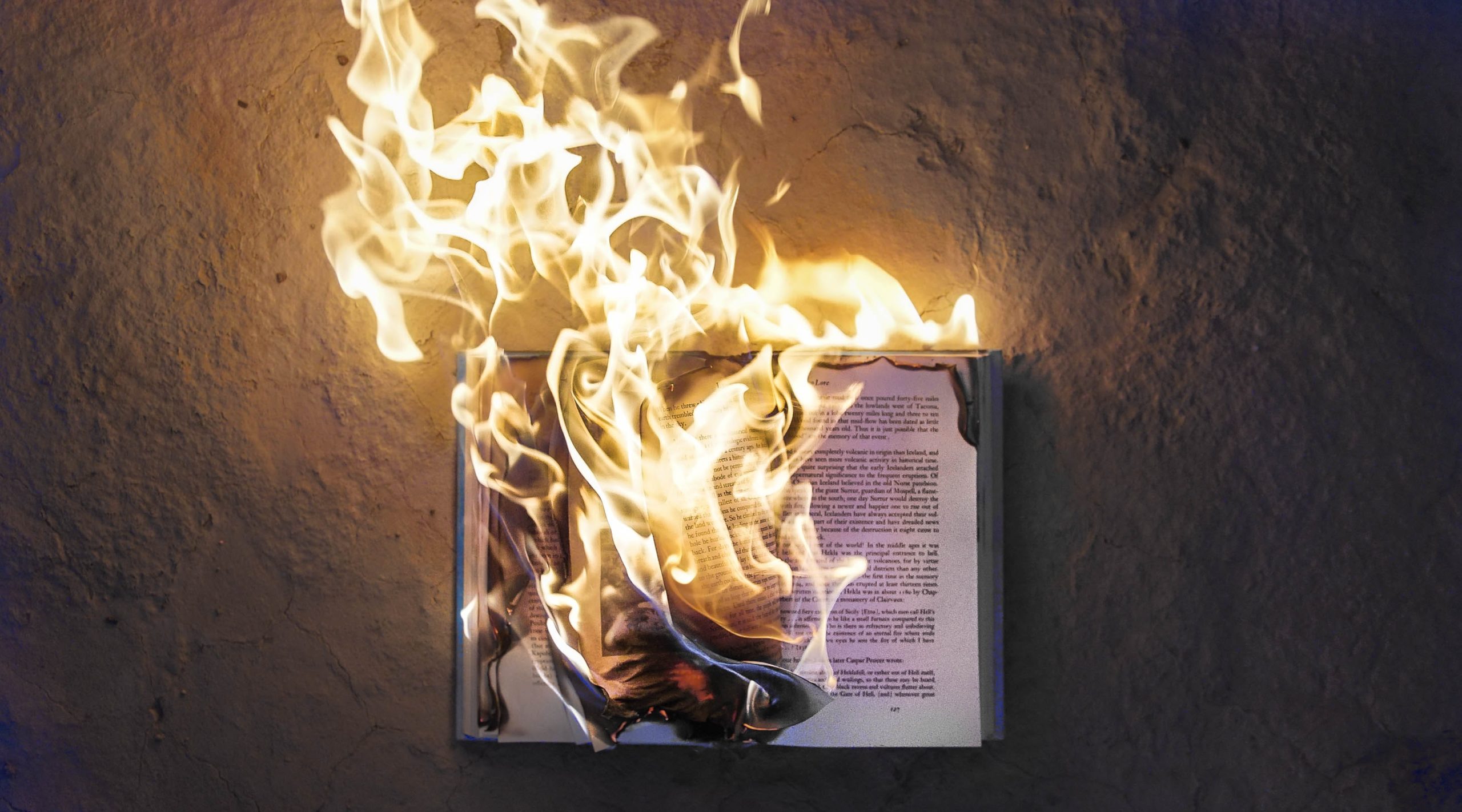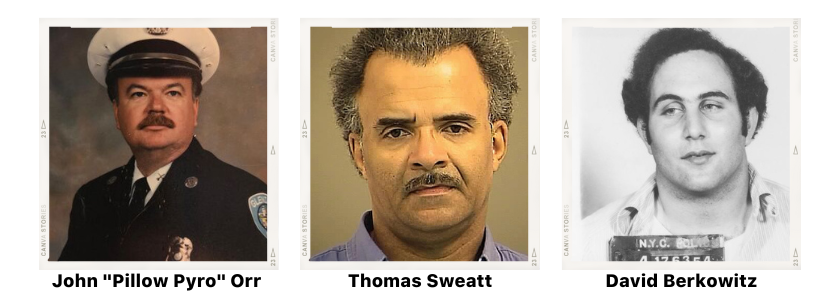
The word arson may conjure up a few vivid images in your mind. Maybe it’s visuals of an individual dousing a place in gasoline before dramatically striking a match and watching everything catch ablaze. Or, maybe it’s a young child sitting with a magnifying glass excitedly burning dry leaves.
Wherever your mind wanders, it’s likely influenced by movies and television content you’ve consumed. So, let’s look to what research tells us about arson.
Arson is defined as the criminal act of deliberately setting fire to property such as buildings, vehicles, watercraft, or even forests. In the United States, arson is typically prosecuted as a felony, often with first-, second-, or third-degree charges that can be filed depending on the severity of the offense, property damage caused, or threat posed to others.
Fire investigators often refer to the products of arson as incendiary fires, which can be isolated incidents or patterns of recurring behavior. When a person commits three or more acts of arson, their repetitive behavior can be classified in three ways: serial arson, spree arson, or mass arson.
You may be asking yourself: Why would someone do this? Before we look at the motives that would drive someone to commit arson, let’s break down the types of arsonists and their fire-starting behavioral classifications.
Serial Arson — a serial arsonist is defined as someone who sets three or more fires in different locations with some amount of “cooling off” time between each fire-setting occurrence is considered a serial arsonist.
Spree Arson — a spree arsonist is similar to a serial arsonist, but instead of waiting a period of time between fire-setting events, a spree arsonist sets three or more fires in different locations in rapid succession.
Mass Arson — a mass arsonist is someone who sets three or more fires at the same location at the same time.
Why would someone do this?
According to a report from the U.S. Fire Administration, with research conducted by the National Center for the Analysis of Violent Crime (NCAVC), there are six main categories of motives for arson:
- Vandalism – when the goal is to destroy property, typically driven by mischief or malice;
- Excitement – when the goal is to gain attention or seek a rush / thrill (sometimes related to sexual arousal and gratification, but not always);
- Revenge – when the goal is to get retribution for a real or imagined offense perpetrated by an individual (personal revenge), society (societal revenge), an established organization (institutional revenge), or a membership group (group revenge);
- Crime concealment – when the goal is to destroy evidence of another crime that was previously committed;
- Profit – when the goal is to make money (often related to insurance fraud); and,
- Extremism – when the goal is to promote or bring awareness to a specific cause or ideology / viewpoint.
Looking the NCAVC findings further, the researchers note that the majority of arsonists in the United States are white males in their mid-to-late twenties, with a 10th grade education and a criminal history.
Separate research from the 1960s previously suggested that childhood fire-setting acts may be part of a behavioral triad deemed the Macdonald Triad. The other 2 behaviors listed alongside firestarting includes cruelty to animals and habitual bed wetting. The belief was that these behaviors were red flags that indicates a predisposition to sociopathy as an adult.
Infamous Arson Cases

There are many well-known cases of arsonists who were eventually captured. Below are three of the most infamous examples:
John “Pillow Pyro” Orr
After failing to make the Los Angeles Police Department squad, Orr became an arson investigator with the Glendale Fire Department. Using his professional role as cover for his fire-setting tendencies, Orr set approximately 2,000 fires in his life, causing tens of millions of dollars in property damage and four deaths. He was caught after leaving fingerprint evidence at an arson investigators’ conference where he set several small fires.
Thomas Sweatt
Over the course of three decades, Sweatt set more than 350 fires in the Washington, D.C., area that caused millions of dollars of property damage and at least two deaths. He would often follow men he found attractive, and when they reached their destinations, he would throw incendiary devices into their homes or cars and watch them burn. Sweatt was eventually caught after he left DNA evidence at several fire scenes that were traced back to him.
David “Son of Sam” Berkowitz
Perhaps better known for six serial murders in the New York City area, Berkowitz began starting fires as a child, eventually setting more than 1,400 in his life. The estimated property damage and the death toll of his acts of arson are unknown. After Berkowitz started a fire outside his neighbor’s house, the neighbor turned him in to police along with threatening letters Berkowitz had sent to him. While in police custody, Berkowitz admitted to the serial killings.
